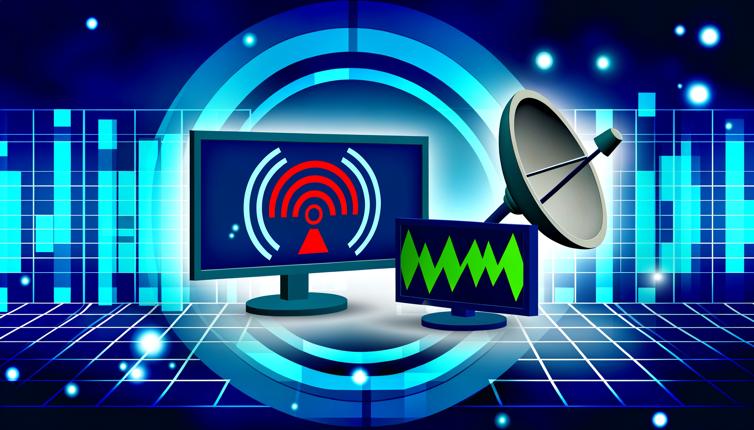1. No Signal
Check all cable connections to ensure they are secure and undamaged.,Make sure the satellite dish is properly aligned. You can use a signal meter or follow the instructions provided by your satellite TV provider.,Check for any obstructions that may be blocking the satellite signal, such as trees or buildings. If necessary, adjust the position of the satellite dish or trim any branches in the way.,If you have multiple satellite receivers, check if the issue is affecting all of them. If it's only one receiver, try swapping it with a known working receiver to see if that solves the problem.
2. Poor Signal Quality
Check the signal strength and quality on your satellite receiver. If it's below the recommended levels, you may need to adjust the position of the satellite dish or upgrade to a larger dish.,Inspect the satellite dish for any physical damage or corrosion. If necessary, clean the dish and tighten any loose bolts.,Ensure there are no electrical devices or appliances near the satellite receiver that could cause interference.,Contact your satellite TV provider to make sure there are no outages or technical issues in your area.
3. Frozen or Pixelated Picture
Check the weather conditions, as heavy rain or snow could affect the satellite signal.,Inspect the cables for any damage or loose connections. Replace or tighten as necessary.,Reset the satellite receiver by unplugging it from the power source for 30 seconds, then plugging it back in.,If the issue persists, contact your satellite TV provider for further assistance.
Conclusion
By following these troubleshooting steps, you should be able to resolve most common satellite TV issues. However, if the problem persists, don't hesitate to contact your satellite TV provider for support. They have the expertise to help you get your satellite TV up and running smoothly again.









